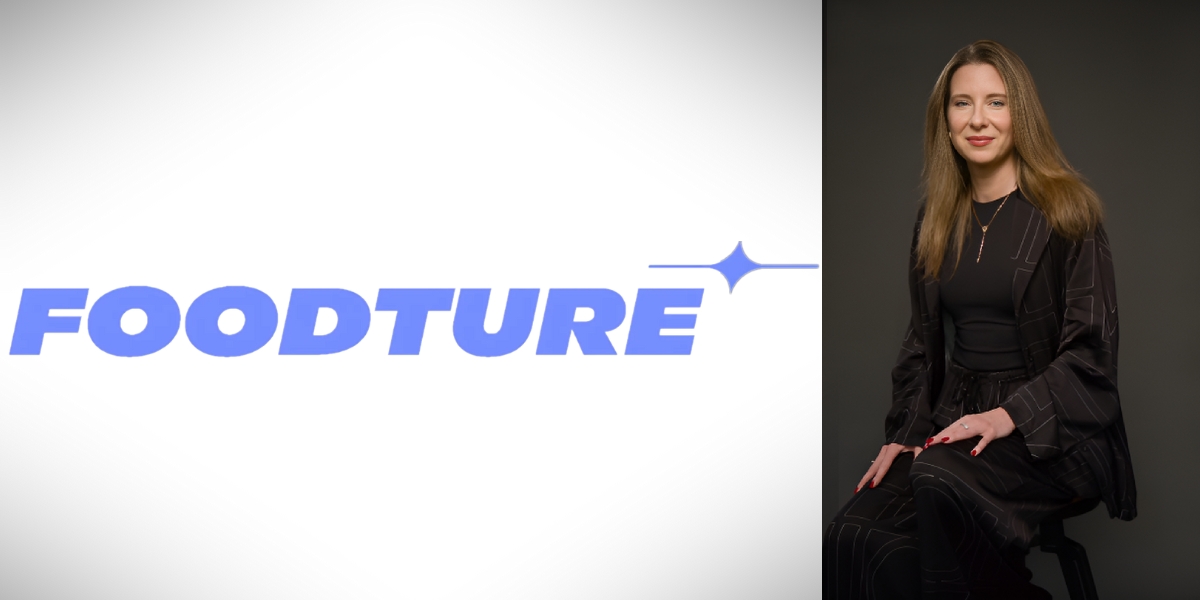By: Sergey Dmitriev
For leaders, developing an organization that is truly agile and resilient is a constant journey, and never a goal that one can simply check off. It’s a full-time duty that constantly requires inventive approaches to new issues. Instead of using cheap band-aid solutions, leaders are faced with the task of restructuring an organization on short notice. How can this be done?
The following guide serves as a condensed toolkit for leaders to make their organizations truly agile and resilient long-term, and not just ways for adapting to one situation.
Embrace the Agile Manifesto: Understand the Agile Manifesto and its emphasis on individuals, collaboration, working solutions, and responsiveness to change over rigid adherence to processes and plans.
The manifesto outlines guiding principles about what exactly makes an organization agile:
Leaders of truly agile organizations know that there’s much more to it than adapting to new situations. Rather, they have the capacity to develop radically new approaches so that their entire organization can weather the storms of change.
Agile leaders take a people-centric approach and understand that interactions are more important than processes and tools. They value cooperation over nit-picky contract details too.

Finally, they can react quickly to changes facing their organization. They know better than to follow a plan through to completion if external changes jeopardize the original, intended outcome of the plan.
This philosophical backbone will serve as your guidepost.
Empirical process control: Shift from a predefined approach to an empirical one, where decisions are based on real-world outcomes and observations.
Resilient leaders understand there’s no cut-and-paste way to adapt to situations, and they must constantly observe and find ways in which they can make the company more adaptable. That’s not to say, however, that one can plan ahead for these changes. The shape these changes take can be unpredictable, and a truly resilient leader knows they need to take a creative, tailored approach.
This pivot encourages adaptability and real-time problem-solving, which is crucial for navigating complexity.
By setting a clear vision and boundaries, leaders encourage teams to explore creative solutions within a framework that supports the organization’s goals. This method leverages diverse perspectives and skills, leading to more resilient and adaptable solutions.
Lean into lean thinking and self-organization: Lean principles focus on maximizing customer value while minimizing waste. This means critically examining every process, product, and service through the lens of value creation and waste elimination.
How is this achieved? Leaders teach teams to identify activities that fail to add value and to seek ways to streamline workflows, enhance efficiency, and improve quality.
This approach decentralizes decision-making, allowing those closest to the work to determine the best course of action. Leaders must cultivate an environment where trust is paramount and failure is seen as an opportunity for learning.
Entrusting the lower levels with organizing and identifying weaknesses means that change can be implemented more quickly and more efficiently.
Embedding a culture of continuous improvement requires organizations to embrace iteration and feedback as core principles. This involves regular reflection on processes, outcomes, and team dynamics. Encouraging open feedback loops, where constructive criticism is welcomed and successes are celebrated, fosters an environment of learning and growth. By systematically reviewing and adjusting practices, teams can evolve their approaches based on real-world experiences, leading to incremental improvements that compound over time.
With these principles in mind, organizations can adapt more swiftly to changing customer needs and market conditions, ensuring that resources are always aligned with delivering the highest value.

Balance Autonomy with Alignment: While granting teams autonomy fosters innovation and responsiveness, it’s crucial to maintain alignment with the organization’s strategic objectives. To make their organization more resilient, leaders must articulate a clear vision, establish measurable goals, and communicate expectations transparently.
How does a leader give autonomy without their teams veering into misalignment? They take an active role in empowering teams to plan strategically instead of leaving them to their own devices. Regular check-ins and feedback sessions help maintain this balance, ensuring that individual and team efforts contribute meaningfully to the organization’s success.
Promote an Agile Culture: Beyond practices and frameworks, agile transformation is fundamentally about culture. Champion values of collaboration, transparency, and resilience. Create a safe space for experimentation, learning, and growth.
Being agile and resilient is not a myth. Tackle misconceptions head-on. Clarify that agility does not mean an absence of structure or disregard for planning but rather an enhanced focus on delivering value and adaptability to change.
The beauty of agility is that leaders can customize their approach. Recognize that agility is not one-size-fits-all. Tailor agile practices to fit your organizational context, challenges, and goals. Engage with frameworks like Scrum, Kanban, or XP as starting points, but be prepared to adapt and evolve these practices to suit your unique needs.
Organizational agility is a means, not an end. Leaders must focus on their business and what makes it unique. Determine what is needed to survive in a competitive market, and then you can see what is needed to become more agile and resilient. By embracing the principles outlined in this toolkit, leaders can guide their organizations towards greater adaptability, innovation, and resilience. It’s a journey rather than a destination and it requires ongoing commitment, learning, and adaptation. Through intentional practice and leadership, your organization can navigate the uncertainties of change with confidence and agility.
Published By: Aize Perez






